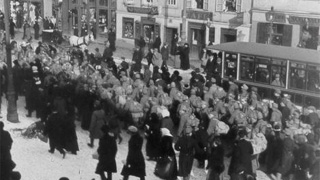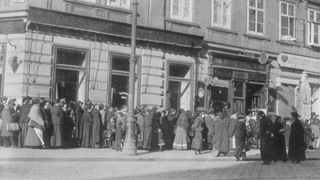From the Capital of the Austro-Hungarian Empire to the Capital of the Republic - History of Vienna
Vienna's very nature as the metropolis of a huge empire proved somewhat problematic during World War I (1914 to 1918), as far as living conditions in the city were concerned. Although not directly confronted with military threats and outright fighting, contrary to World War II, the city suffered terribly and was virtually starved of all supplies. When the war was over and the monarchy had ended in the late autumn of 1918, the former imperial capital of the Habsburg empire had shrunk to the status of the capital of a tiny new country. Vienna's position within this fledgling republic was often described as that of a "hydrocephalus". This term highlights not only the concentration of the country's population in the city but also the burden Vienna posed on the young state.
Separation act
Ultimately, in 1921, considerations, not only of a political nature, resulted in the adoption of the so-called "Separation Act". This act cut the age-old link between Vienna and the surrounding province of Lower Austria. The city was elevated to the rank of a province in its own right. Beginning in 1918-19, Vienna had a Social Democratic majority. Since a large part of the population was concentrated in Vienna, Lower Austria, although predominantly rural and conservative, also had a Social Democratic government. Therefore, it was chiefly in the interest of the Christian Socialist Party to promote the separation.
City of Vienna | Municipal and provincial archives of Vienna
Contact form


